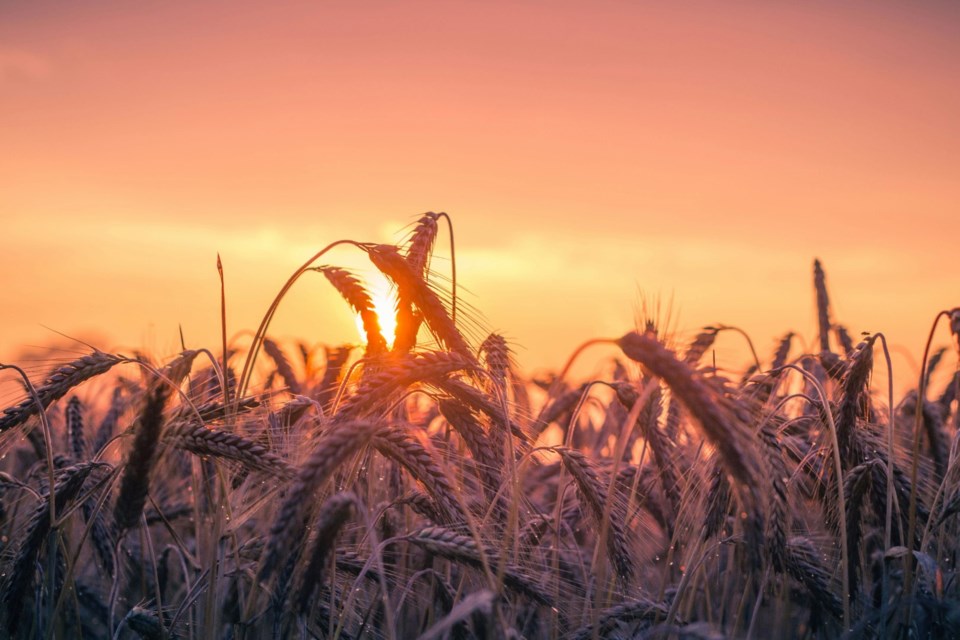THE BATTLEFORDS — Producers continue to get harvest equipment ready, haul grain, clean bins and monitor their crops for maturity. A few pulse fields are being desiccated with others close to ready. Limited overall harvest activity is reported for the region other than the odd cereal field that was harvested for feed.
Haying operations are progressing in the region with many producers close to done. Dryland alfalfa yields are estimated to be 2.34 tons per acre with greenfeed estimated at 1.97 tons per acre and tame hay estimated at 2.14 tons per acre. Silage yields are estimated to be 5.88 tons per acre within the region.
Rainfall varied throughout the region with many areas receiving rain in smaller amounts over the past week. The highest rainfall recorded fell in the area west of Prince Albert which reported 30 mm over the past week. The Maidstone area received 14 mm followed by the Barthel area which received 11 mm.
Topsoil moisture continues to be impacted by the persistent hot and dry conditions. Currently, cropland topsoil moisture is rated as 19 per cent adequate, 68 per cent short and 13 per cent very short. Hayland topsoil moisture is reported at 19 per cent adequate, 60 per cent short and 21 per cent very short. Pasture topsoil moisture is 17 per cent adequate, 68 per cent short and 15 per cent very short.
The main cause of crop damage throughout the region continues to be due to the lack of moisture and heat. Wind and aphids caused up to moderate damage in some areas throughout the region. Hail was also reported over the past week with minor crop damage indicated. As canola continues to mature, producers are observing sclerotinia stem rot emerging in their fields along with aborted pod development due to the extreme heat encountered during flowering.
For more information about Northwestern Saskatchewan, explore the .




